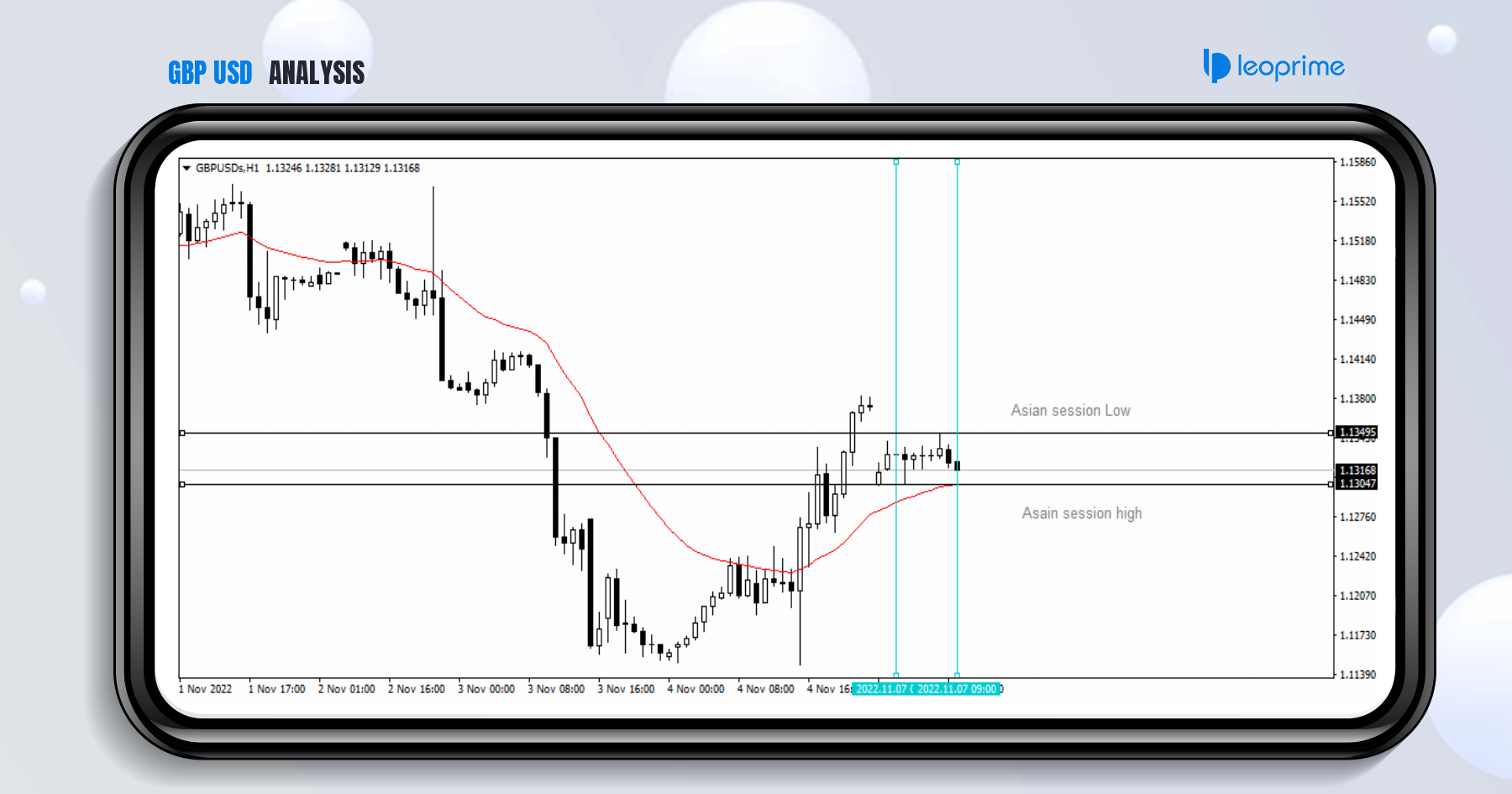Tuesday, February 19
00:30 (GMT) AUD Minutes from the last meeting of the RB of Australia
This document is published two weeks after the meeting and the decision on the interest rate. If the RBA assesses the state of the labor market in the country and GDP growth rates positively, and also shows a hawkish attitude toward the inflation forecast in the economy, the markets regard this as a higher likelihood of a rate hike at the next meeting, which is a positive factor for the AUD. A soft rhetoric of the bank in relation to inflation above all, puts pressure on the AUD.
Market participants believe that the RBA will not raise interest rates until 2020. Salaries continue to grow slowly, and household debt has grown to a record high, which also postpones the increase in interest rates to a more distant future.
According to the head of the RBA Philip Lowe, “there are no serious arguments in favor of tightening monetary policy in the short term.” According to him, “it will be some time before the interest rates are increased”.
09:30 GBP The report on the average salary of the British over the past 3 months. Unemployment rate
The Office for National Statistics of the United Kingdom (ONS) publishes a monthly report on average earnings, including the period for the last 3 months, with and without bonuses.
This report is a key short-term indicator of the dynamics of changes in the level of wages of employees in the UK. Earnings growth is a positive factor for the GBP, and a low value of the indicator is negative. Forecast: the February report suggests that the average wage with bonuses increased over the last 3 months (October-December) by 3.3% (against +3.4% in the previous period); without bonuses – also by 3.3% (against +3.3% in the previous period). This is positive data. If they coincide with the forecast or turn out to be better, the pound will probably strengthen on the foreign exchange market.
Also at this time the Office publishes data on unemployment in the UK. In 3 months from October to December, unemployment is expected to have declined slightly, to 3.9% from 4.0% in the previous period. Since 2012, the UK unemployment rate has been steadily declining. This is a positive factor for the pound.
If data from the UK labor market turns out to be worse than expected, the pound will be under pressure, and the GBP/USD may fall to the support area at 1.2700.
10:00 EUR Zew Economic Sentiment Index
This index reflects the difference between the share of optimistic and pessimistic investors, thus assessing the mood of investors and businesses. The growth of the indicator and its positive value indicates an optimistic mood of investors, which is a bullish factor for the EUR. Conversely, a decrease in the indicator value and its negative value is a negative factor for the EUR. In January, the indicator value was negative and was -15. Forecast: the indicator readings for February fell to -18.4, which is a very negative factor for the euro.
Wednesday, February 20
19:00 USD Minutes from the last meeting of the Federal Open Market Committee (FOMC Minutes)
The publication of the minutes is extremely important for determining the current Fed policy and the prospects for raising the interest rate in the United States. The volatility of trading in financial markets at the time of publication of the minutes usually increases, since the text of the minutes often contains either changes or clarifying details regarding the outcome of the last FOMC meeting of the Fed.
Recently, Fed officials have increasingly given statements implying the Fed’s inclination to wait and see on further raising interest rates in order to be able to assess the economic situation in the United States against the background of insufficiently strong inflationary pressure and worsening global economic outlook.
A soft tone of the minutes will have a positive effect on stock indices and a negative effect on the US dollar. A harsh rhetoric of Fed officials regarding the prospects for monetary policy will push the dollar to further growth.
Thursday, February 21
00:30 AUD Employment rate. Unemployment rate. The proportion of labor force in the total population
The employment rate reflects the monthly change in the number of employed Australian citizens. The growth of the indicator has a positive impact on consumer spending, which stimulates economic growth. A high value is a positive factor for the AUD, and a low value is negative. Forecast: in January, the number of employed Australian citizens increased by 15,000 people (against +21600 in December and +37,000 in November). Also at the same time, the Australian Bureau of Statistics publishes a report on the unemployment rate – an indicator that measures the ratio of the unemployed population to the total number of able-bodied citizens. The growth rate indicates a weak labor market, which leads to a weakening of the national economy. The decline is a positive factor for the AUD. Forecast: unemployment in Australia in January was 5% versus 5% in December, 5.1% in November and October, 5.0% in September, 5.3% in August.
Also among the data provided by the Bureau of Statistics of Australia, there is also the indicator of the share of labor force in the total population. This is the percentage of the total number of working-age population considered to be labor force (either employed or are in search of work). January forecast: 65.6% against about the same level in previous months.
In general, the indicators can be described as positive. If the values of the indicators are worse than the forecast, the Australian dollar will decline. Data better than forecast will strengthen the AUD.
10:00 EUR Harmonized Consumer Price Index (HICP) in Germany
This index is published by the EU Statistics Office and is calculated on the basis of statistical method agreed upon between all EU countries. It serves as an indicator for estimating inflation and is used by the Governing Council of the ECB to assess the level of price stability. A positive result strengthens the EUR, a negative one weakens it.
In December, the HICP index (in annual terms) grew by +1.7%. Forecast: +1.7% in January. Probably, this value and its publication will have a short-term impact on the euro.
If the data for January is better than the previous value, the euro will strengthen in the short term.
08:30 EUR PMI in the manufacturing sector of the German economy (by Markit Economics)
The PMI business activity index in the manufacturing sector of the German economy is an important indicator of the business situation and the general state of the German economy. This sector of the economy forms a significant part of Germany’s GDP. A result above 50 is regarded as positive and strengthens the EUR, one below 50 as negative for the euro. Forecast (preliminary release): 49.9 in February (against 49.7 in January), which is likely to negatively affect the euro, despite the relative growth rate.
09:00 EUR Composite PMI in the manufacturing sector of the Eurozone economy (according to Markit Economics)
The PMI business activity index in the Eurozone manufacturing sector is an important indicator of the state of the entire European economy. A result above 50 is regarded as positive and strengthens the EUR, one below 50 is negative for the euro. Forecast (preliminary release): 51.1 in February (against 51.0 in January), which is likely to have a positive impact on the euro in the short term.
Friday, February 22
13:30 CAD Retail Sales Index
The Retail Sales Index is published monthly by Statistics Canada and estimates total retail sales. The index is often considered an indicator of consumer confidence and reflects the state of the retail sector in the near term. Index growth is usually a positive factor for the CAD; a decrease in the rate of a negative impact on the CAD. The previous value of the index (for November) was -0.9%. If the data for December again turn out to be weak (according to the forecast zero growth is expected), the CAD will decrease.









